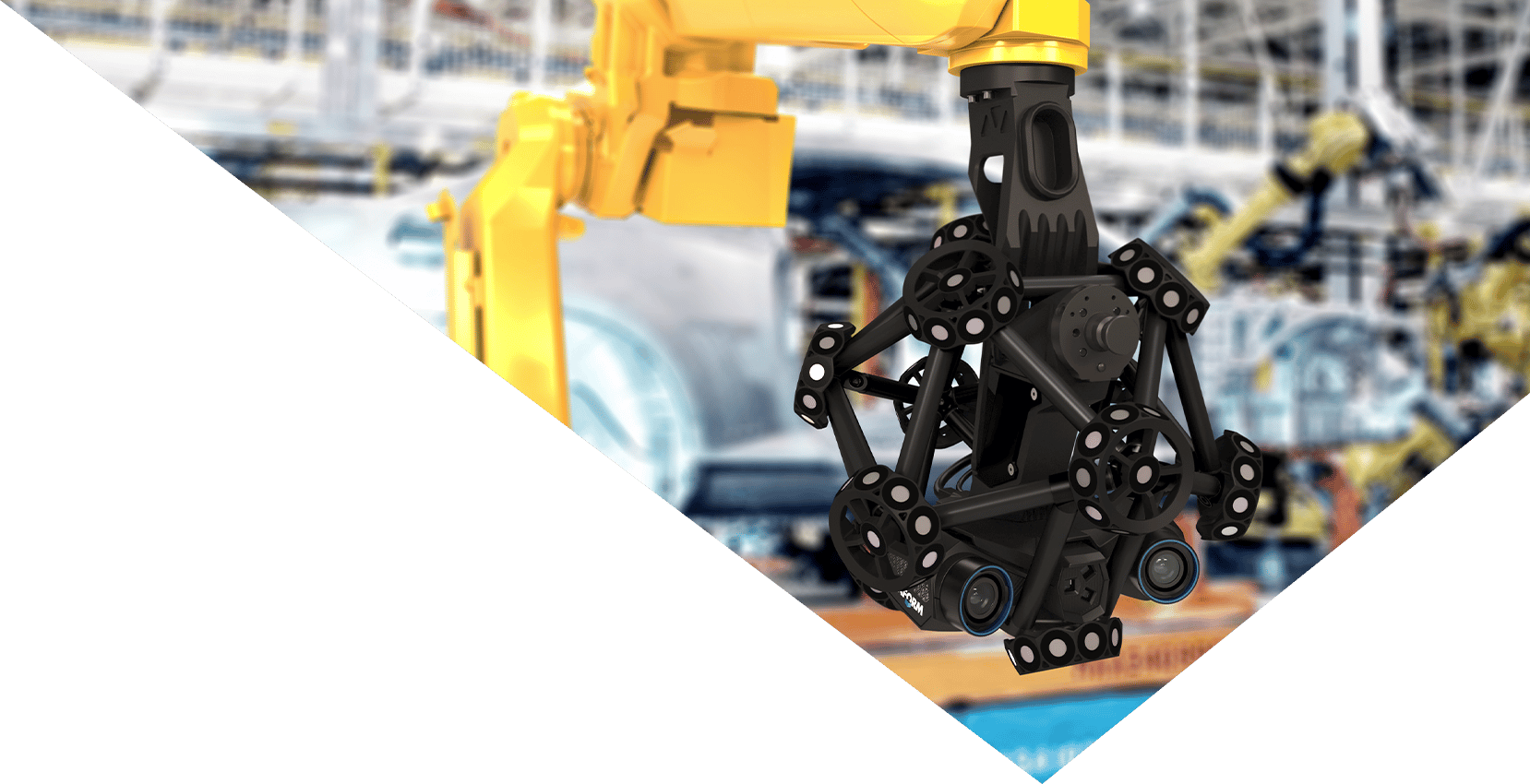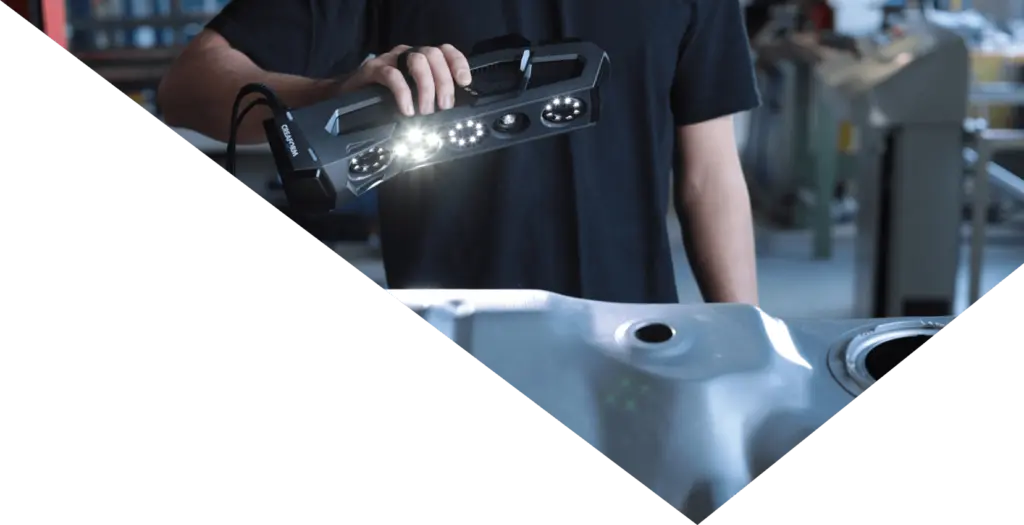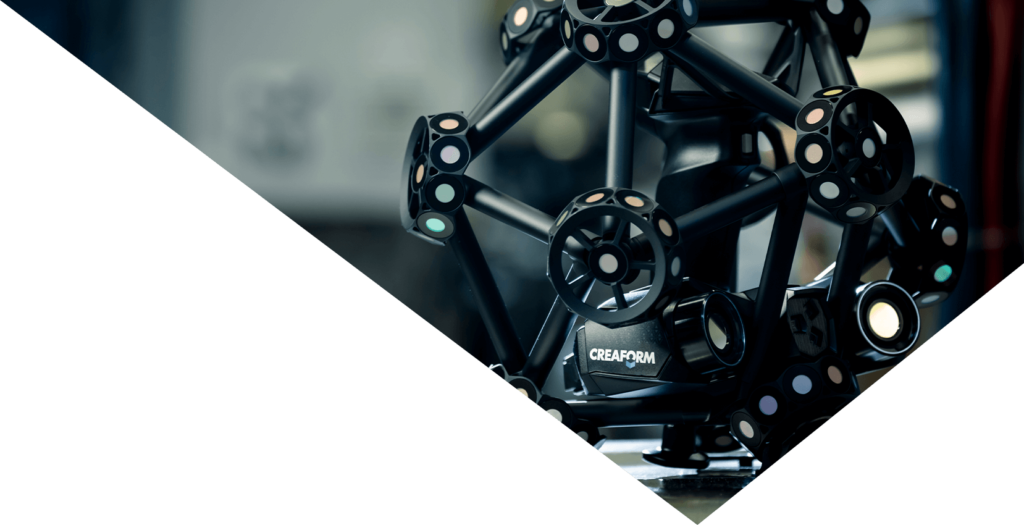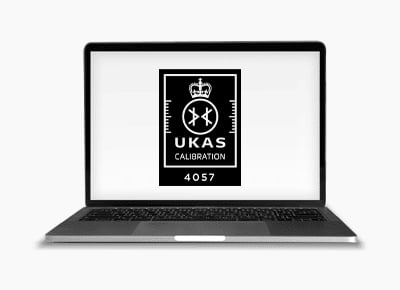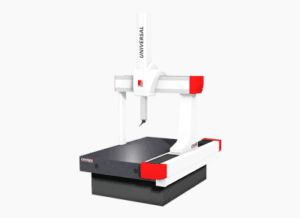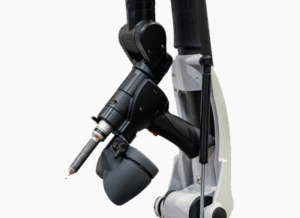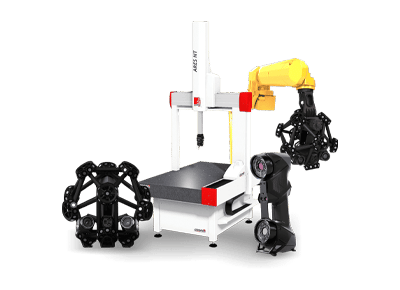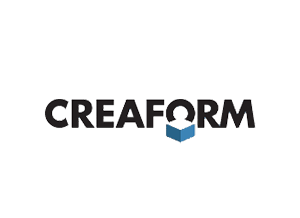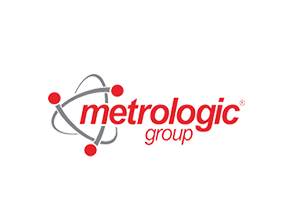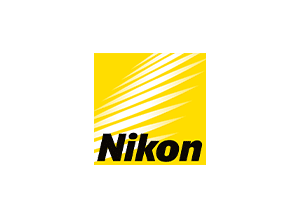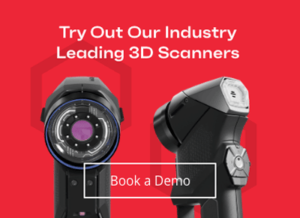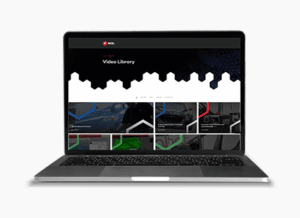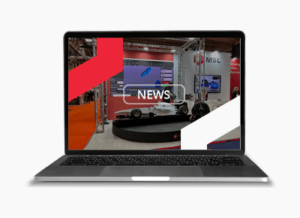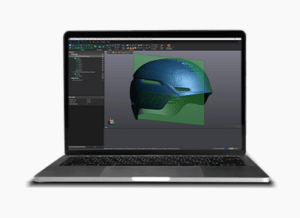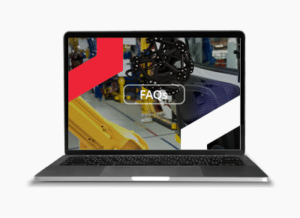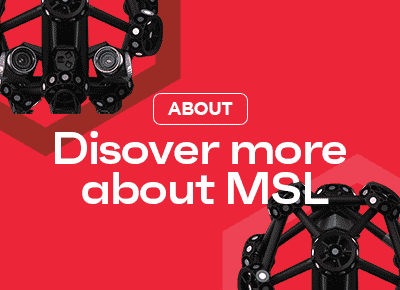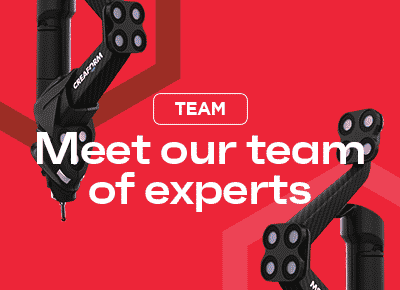3D Printing Streamline Processes Across Your Business
Introduction
Reduce Production Times
Product engineers and tooling manufacturers have a lot to gain from 3D printing. By generating low-cost physical prototypes early in the design process, they can check form, fit and function; gauge customer response; compare design iterations without commitment. It’s even possible to quickly craft production parts, customized for a particular job. And no longer are manufacturing professionals limited by 3D printers that are too big, unfit for the office environment, and prohibitively expensive.
Today, affordable, compact, office-friendly units are moving 3D printing to the desktop and dramatically expanding the availability of high-quality prototypes and parts. In order to successfully utilise this new technology, 3D scanners provide an essential tool in acquiring 3D data, creating watertight surface models that can be successfully printed, and by providing an inspection and QC role after the parts have been made.
Key benefits & features
How 3d printing makes an impact
Conceptual Designs
Turning Conceptual designs into tangible models
Producing realistic physical models by traditional methods is time consuming, but the models are a necessity if clients are to fully comprehend a project’s design intent. With 3D printing, professional models can be created very quickly to demonstrate designs, illustrate assemblies and identify potential problems before resources are invested in tooling and production.
The use of 3D scanners enables designers to turn ideas into data, which in turn can be 3D printed into real, tangible objects.
Functional Prototypes
Preparing Functional Prototypes
Physical models are important tools for testing a product’s accuracy and viability.
Unfortunately, when outsourcing the creation of such a model, manufacturers can’t be certain that the fit, strength and texture will be right. In addition, long turnaround times may lead to delayed projects and the loss of business and profitability.
A 3D printer enables companies to evaluate performance and fine-tune products without committing to production tooling. A 3D scanner is an essential tool in this process, providing the ability to quickly capture design
Jigs and Fixtures
Manufacturing jigs and fixtures
Custom-made tooling and fixtures can be produced as needed on a 3D printer, improving a company’s ability to respond to customer demand. Even the most complex of components can easily be located by scanning a component and immediately producing a 3D printed “mirror image”.
Strong, durable jigs and fixtures can be created in one night instead of weeks, irrespective of the complexity of the design. Design changes can also be easily implemented, especially when applied to functional applications.
Production Parts
Creating Production Parts
A 3D printer can speed up the tooling process – but it can also enable manufacturers to skip the process completely.
3D printers are available in all shapes and sizes, utilising a wide variety of materials, so users can simply print production parts directly from CAD files. This is particularly advantageous in scenarios involving high-value, low-volume production.
The ability to 3D print production parts without having to invest in high-volume tooling yields big savings, and design changes can be made immediately, simply by changing the CAD model or even the part itself. Such changes are easily documented with a 3D scanner.
A crucial aspect of production parts is the need to provide a QC facility. Creaform scanners offer metrology grade accuracy and software solutions to meet all requirements, making a scanner an adaptable yet important tool in the 3D printing process.
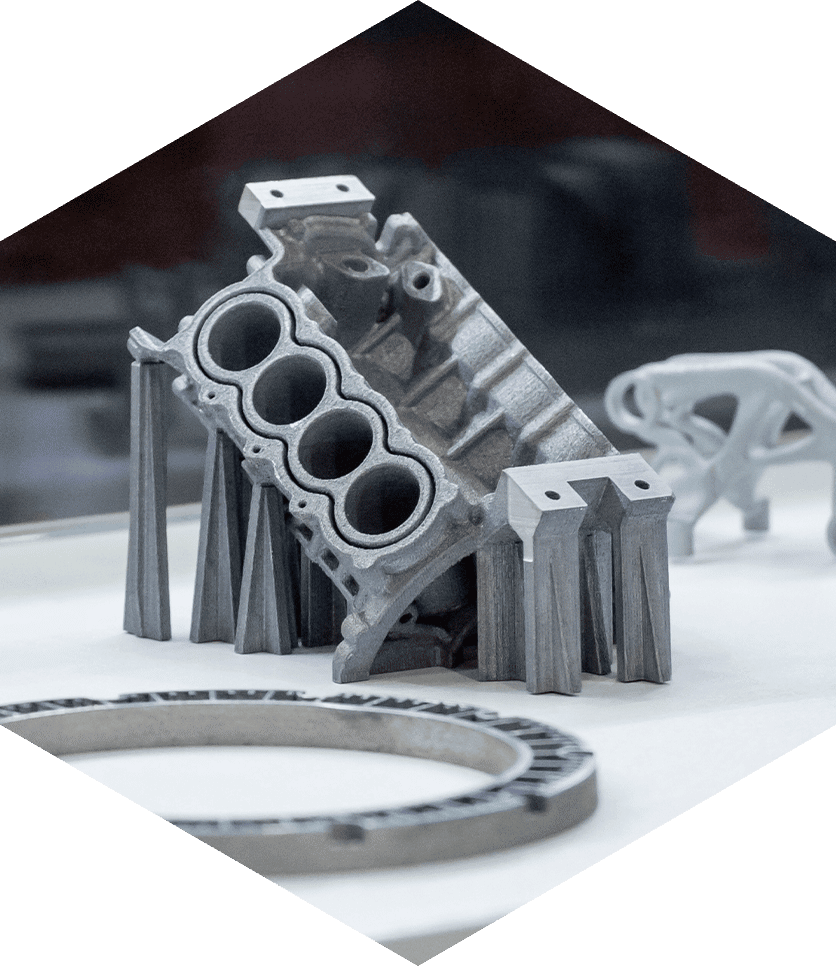
Book a demonstration
Call us today: 01733 352 252
Book a demonstration
Stay Connected
For the latest industry information sign up to our newsletter today


